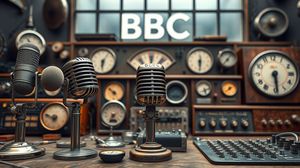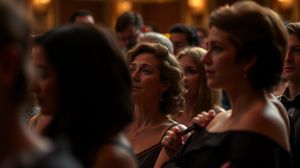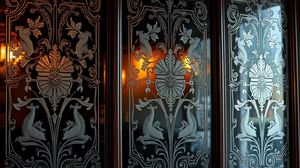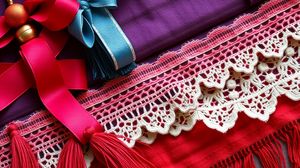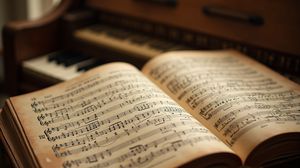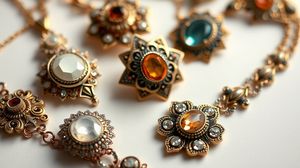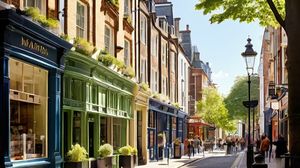
The Anaesthesia Heritage Centre, located in Marylebone, London, offers a comprehensive exploration of the history of anaesthesia, resuscitation, and pain relief. The museum's collection includes over 4,500 objects, showcasing the journey of anaesthesia from its early days with ether in 1846 to modern equipment and techniques used today.
This unique centre is situated in a Grade II* listed building at 21 Portland Place, an 18th-century structure designed by the Adam brothers. The neoclassical architecture, with its ornate ceilings and grand portico, adds to the museum's character and charm, creating an engaging setting for learning.
Visitors can explore a variety of exhibits, including early anaesthetic machines and intricate surgical instruments, offering insights into the evolution of medical practices. The centre also hosts temporary exhibitions and events focused on different facets of anaesthesia and medical history.
The centre is part of the London Museums of Health and Medicine network, contributing to a broader understanding of the history of medical advancements. Its commitment to preserving and sharing the history of anaesthesia makes it a valuable resource for both healthcare professionals and the general public.

Making the Most of Your Visit:
If you're visiting the Anaesthesia Heritage Centre, take your time to appreciate the building itself. The Grade II* listed structure at 21 Portland Place is a masterpiece by the Adam brothers, and its neoclassical design is a sight to behold. Make sure to look up at the ornate ceilings when you enter!
Allocate some time to engage with the interactive exhibits. They provide a hands-on experience that allows you to get an even deeper understanding of anaesthesia's evolution over the years. It's not just about looking at old equipment; it's about experiencing the history.
Keep an eye out for any temporary exhibitions during your visit. They often cover niche topics within the medical field and can offer a fresh perspective on specific aspects of anaesthesia and medical history that you might not have considered.
Don't miss the chance to see the early anaesthetic machines and surgical instruments. Some date back to the mid-19th century, and it's fascinating to see how these could have been used in conjunction with the building's original, grand mid-18th century appearance.
If you're interested in anaesthesia, medicine, or history, consider visiting other places in the London Museums of Health and Medicine network. The centre is an integral part of this network and understanding its connections can give you an even greater appreciation of medical advances over time.

Visiting Times & Costs:
The Anaesthesia Heritage Centre in Marylebone is open to the public for visits. It is typically open Monday to Friday, but it's advisable to check in advance for any variations or special closures.
Admission to the centre is generally free, though donations are welcome to support the maintenance and expansion of the collection and exhibitions.
The venue is committed to accessibility, offering facilities that cater to visitors with disabilities. However, as it is housed in a historic building, some areas may present challenges. It is recommended to contact the centre in advance for specific accessibility arrangements or assistance during your visit.

Address & Map:

Nearby:
